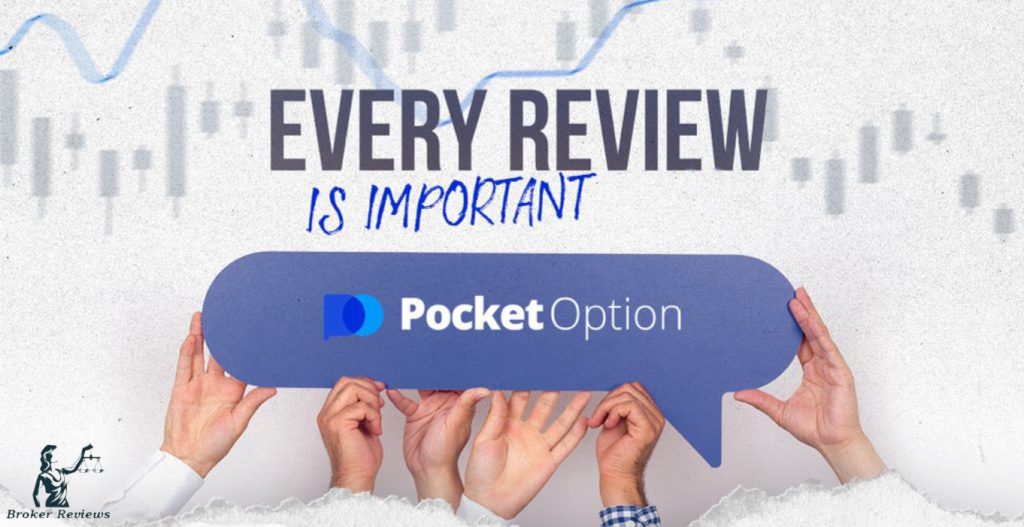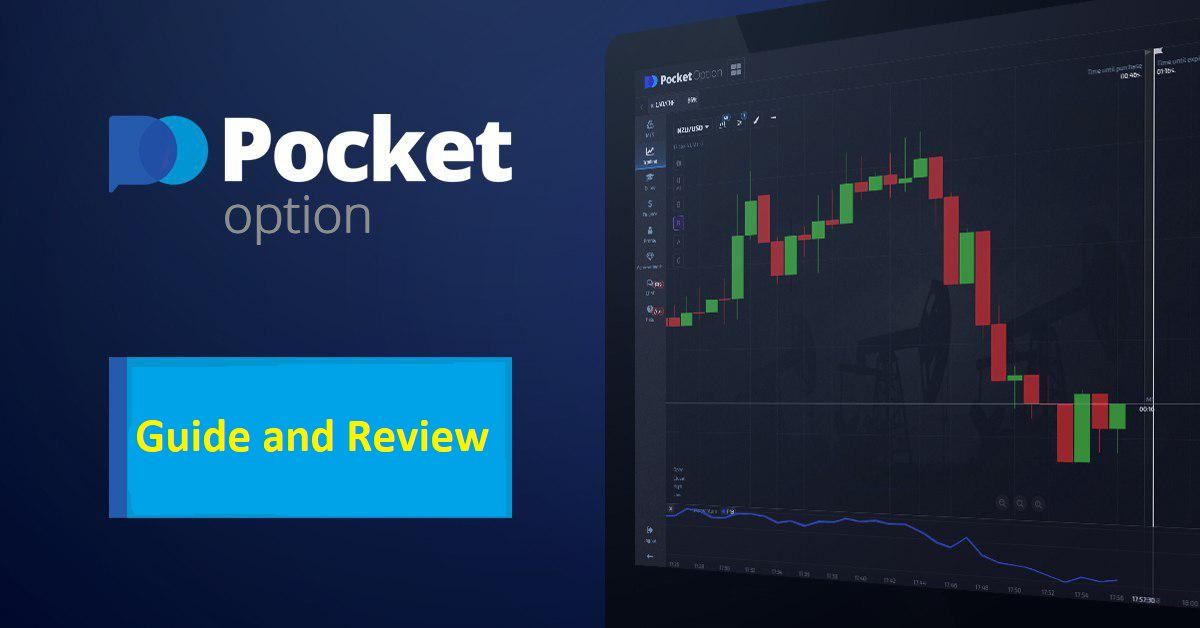pocketoption4
Effective Trading Strategy with Envelope 1

The Envelope trading strategy is gaining popularity among traders seeking a reliable method to identify potential market reversals and trends. By using this strategy, traders can analyze price movements while reducing the noise often encountered in the financial markets. The Envelope strategy focuses on enveloping the price chart with two bands, providing a visual framework to help traders make informed decisions. For an in-depth understanding, you can refer to this helpful Trading Strategy with Envelope https://trading-pocketoption.com/strategiya-envelope-na-15-minut/.
Understanding the Envelope Indicator
The Envelope indicator is a type of technical analysis tool that consists of two bands set above and below a central moving average. The upper and lower bands are typically calculated based on a percentage of the moving average, which can be adjusted according to the trader’s preference. The idea behind the Envelope strategy is to capture price movements outside the established bands, signaling potential trading opportunities.
Calculating the Envelopes
To calculate the Envelope bands, follow these steps:
- Choose a moving average (simple or exponential) and set a time period. Commonly used periods are 20, 50, or 100 periods.
- Decide on the percentage for the upper and lower bands. A typical range is between 1% to 5%, depending on the volatility of the asset being traded.
- Calculate the upper band by adding the chosen percentage to the moving average. Conversely, calculate the lower band by subtracting the percentage from the moving average.

For example, if the 20-period simple moving average (SMA) is at 100 and you choose a percentage of 2%, the upper band would be 102, and the lower band would be 98. This gives you two levels to monitor for trading opportunities.
How to Trade Using the Envelope Strategy
Now that you understand how to calculate the Envelope, it’s essential to learn how to use it effectively in your trading strategy. Here are some key signals to consider:
1. Buying Signals
A buying signal occurs when the price touches or crosses below the lower Envelope band. This may indicate that the asset is oversold, and a price reversal is likely. A trader might consider entering a long position when this occurs, especially if additional indicators suggest a potential upward trend.
2. Selling Signals
Conversely, a selling signal can be identified when the price touches or crosses above the upper Envelope band, signaling that the asset might be overbought. A trader may choose to enter a short position in response. Again, it is beneficial to confirm this signal with other technical indicators or patterns.
3. Trend Continuation

The Envelope can also be used to identify trends. If the price continually bounces between the Envelope bands, it may indicate a strong trend in that direction. Traders can look for additional confirmations, like a series of higher highs and higher lows, to support their trading decisions.
4. Breakout Strategies
Breakouts can occur when the price moves strongly outside of the bands. A breakout above the upper band may indicate a strong bull trend, while a breakout below the lower band could suggest a bear market. It’s essential to wait for confirmation with increased volume before entering a trade based on a breakout signal.
Risk Management
No trading strategy is without risks, and the Envelope strategy is no exception. Implementing proper risk management techniques is crucial to protect your trading capital. Here are several essential practices:
- Set Stop Losses: Always set a stop loss to limit potential losses on any trade. A common approach is to place the stop loss just outside the opposite Envelope band.
- Use Position Sizing: Adjust your position size based on your trading account size and risk tolerance. This helps in managing the impact of losing trades.
- Diversify: Diversifying your portfolio can reduce risk exposure as different assets can react differently to market events.
- Review Regularly: Analyze and review your trading strategy periodically to identify strengths and weaknesses, and make adjustments accordingly.
Combining Envelope with Other Indicators
Many traders enhance their Envelope strategy by combining it with other technical indicators to confirm trading signals. Some popular indicators that pair well with the Envelope strategy include:
- Relative Strength Index (RSI): The RSI can help confirm overbought or oversold conditions when combined with Envelope signals.
- MACD (Moving Average Convergence Divergence): This indicator can signal momentum shifts, adding another layer of validation to your trades.
- Bollinger Bands: Similar to the Envelope, Bollinger Bands also use standard deviation to create bands around a moving average but may offer different insights due to their varying calculation method.
Backtesting the Envelope Strategy
Before you apply the Envelope trading strategy to live markets, consider backtesting it on historical data. Backtesting allows you to simulate how the strategy would have performed in different market conditions. This process can provide insights into the effectiveness of the strategy and help you refine your approach.
Conclusion
In conclusion, the Envelope trading strategy can be a powerful tool for traders aiming to identify potential price reversals and assess market trends. By enveloping the price data with upper and lower bands, traders visually discern when to enter and exit trades. However, like any trading approach, it is essential to use proper risk management strategies and combine the Envelope with other indicators for better results. With practice and experience, the Envelope strategy can become an integral part of your trading toolkit.